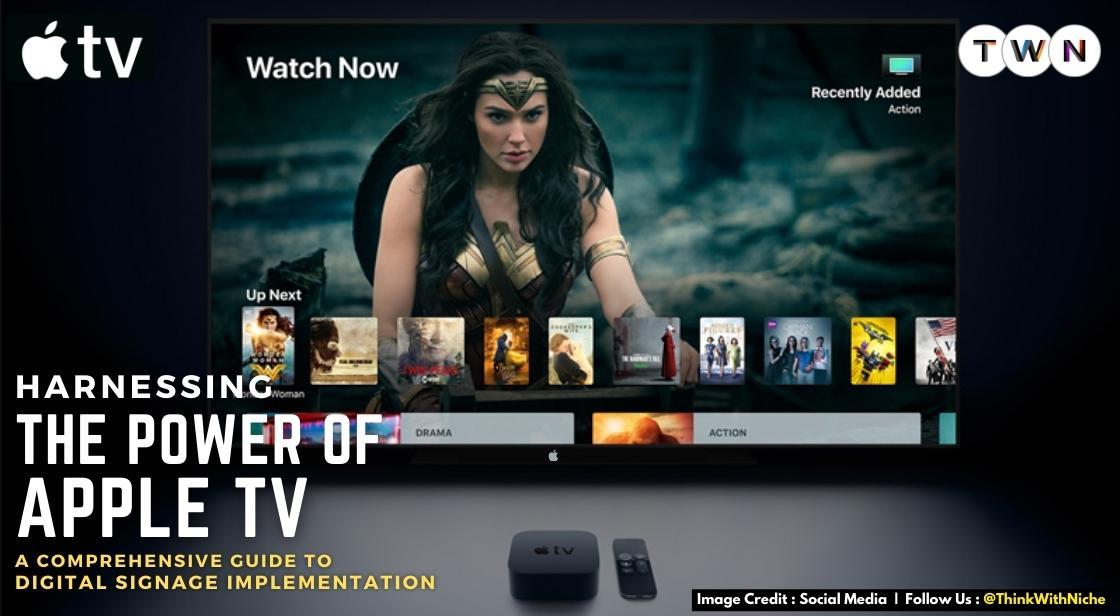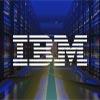Harnessing the Power of Apple TV: A Comprehensive Guide to Digital Signage Implementation

Blog Post
With the rise of digital technology, digital signage has become an effective way to engage audiences in various settings. Apple TV is a powerful tool that can help turn any screen into a digital sign. It allows users to add apps to its infrastructure, making it easy to install digital sign software and transmit signals to multiple screens. Moreover, the installation process is now streamlined, with software installation taking only a few clicks.
Interactive screens have become increasingly popular, with companies using digital sign menus, ordering platforms, and interactive maps to improve customer experience. The Apple OS infrastructure also makes touchscreen software easily accessible and transferable to digital signs. This trend is expected to continue growing in the future.
In addition, setting up one-feed-per-screen signs and simulcasting on multiple screens have become easier and more cost-effective. It is now possible to make several small screens look like a larger one, with fewer risks and costs associated with damage. Overall, the power of Apple TV for digital signage implementation cannot be overlooked.
Let’s start by addressing the elephant in the room. Digital signs don't have to be bought-and-paid for digital signs. You can use just about anything as a digital sign. You can use a regular TV, a tablet and you can even use your phone. In the old days, you bought a digital sign from a Chinese company, and it was super light or waterproof or whatever. Then, you installed the intensely frustrating software and hoped it would connect to a server or at least play your PowerPoint presentation on repeat. These days, any screen will do. This is true because of devices like Apple TV and Android TV that allow people to transmit any sort of video feed from a wide variety of devices. The technology is so powerful that you could turn a TV shop into a digital sign shop overnight.
Harnessing the Power of Apple TV: A Comprehensive Guide to Digital Signage Implementation
The Basic Apple TV Setup
Let’s not get bogged down in the details because frankly, Apple has made it super easy to set up your Apple TV device. You connect it to your TV screen or your digital sign, and it runs whatever software or video feed you desire. In lay person’s terms, it is like turning your regular sign or TV into a smart TV.< /span>
Unlike most TVs, an Apple TV will allow you to add apps to its infrastructure. This means that you can go trawling online for digital sign software, find it, and install it on your Apple TV device. After that point, you can transmit your signal to your chosen TVs or signs, and it is just the same as if they had the Apple operating system.
Finding The Right Software
It isn't the old days anymore. You will not have to read through a tech manual just so you can install one piece of fussy software. These days, software installation takes a few clicks, and that even includes highly sophisticated digital sign software. You can install software that is specially designed for Apple TV digital signage. It makes your life a lot easier as technology moves forward and Apple updates how its operating system works. It means you can rely on the software even if you have hundreds of digital signs because you know the downtime will be negligible. This is not the case for stand-alone software that is operated on a shoestring budget.
Also Read: The Rise Of Generative AI And Its Effects On Video Platforms
One Feed Per Screen
You can set up one feed per screen. You see this sort of thing all the time. Some companies have a live feed of their sales or office KPIs running non-stop on their office wall, as do many call centers. There are also stand-alone digital signs that sell advertising space.
Setting up a one-feed-per-screen sign is probably the easiest of them all. You don't even need a live feed. You can run your sign off the software, or even off YouTube or a USB stick. If you are looking into trying digital signs, then keeping it simple is a good starting point.
Simulcasting on Several Screens
This is not as difficult as it first seems. Once you have your digital signs set up, you can run them all from a single account. You can run the account on your PC, laptop or tablet, and have each sign showing the same information. This sort of setup is handy for retail branding and promotions, and it is commonly seen at festivals and outdoor live events where the same information is disseminated around a large area.
Several Screens Making Up One Large Screen
This is a very common way to make several small screens look like a larger one. Instead of spending 100K on a massive screen, you spend 3K to place several small screens together and then transmit an image that knits together into one large image. This is more difficult to set up, but far cheaper than having a larger screen. It is also less of an insurance risk because if somebody throws a bottle at many screens, then one may be broken, which will take a few hundred dollars to replace. If they throw a bottle at one large screen, the whole screen needs to be replaced for thousands of dollars.
Interactive Screens
Now that Smartphone touch-screen technology is so common and so cheap, it is easy to see why interactive screens have become popular. Companies are installing digital sign menus, digital sign ordering platforms, and larger retail buildings have made their maps interactive. Instead of “You are here,” you can plan your journey and have the route sent to your phone by Blu-tooth or QR code. This is still a trend in its infancy. You are going to see a lot of touchscreen digital signs in the future, and the Apple OS infrastructure helps to make touch-screen software easily accessible and transferable over to digital signs. We are living in the golden age of digital signs. The only way is up.
Conclusion
The use of Apple TV as a digital signage solution has become a game-changer for businesses of all sizes. The technology is user-friendly, and the ability to add apps to the infrastructure makes it easy to find and install digital sign software that is specially designed for Apple TV. With this technology, businesses can easily set up one feed per screen or simulcast on several screens to disseminate the same information across a large area.
Moreover, combining several small screens to make up one large screen has become a cheaper and less risky alternative to having a larger screen. With the rise of interactive screens and touch-screen technology, the future of digital signage looks promising. As businesses adapt to the changing landscape of technology, the use of Apple TV as a digital signage solution provides a convenient and cost-effective way to communicate with their customers.
You May Like
EDITOR’S CHOICE












